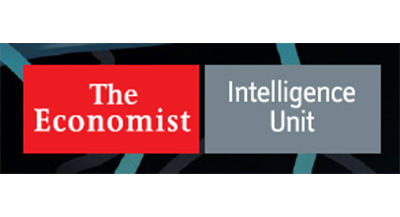
Peter Drucker refers to our organisational climate as a “post-capitalist economy”—one in which knowledge rather than capital is the prime determinant of marketplace value. This primacy of knowledge requires organisations to do an optimal job of engaging the broadest possible base of talent if they are to succeed in the global marketplace. Every potential contribution needs to be fully recognised and utilised. Given the increasing diversity of the workforce, both demographically and in terms of values, strategies for attracting and retaining talent must incorporate the concept of engaging individuals based on their potential.
Values-based diversity: The challenges and strengths of many is an Economist Intelligence Unit report draws on two main sources for its research and findings:
1) A global survey—conducted in October 2013—of 228 executives responsible for designing and developing their organisations’ human resources (HR) strategy.
2) A series of in-depth interviews with senior executives from major companies and other experts.
The centralised control required to run global firms efficiently can be difficult to reconcile with the demands of managing a diverse workforce. For example, engaging people with different values requires flexibility. Unsurprisingly, our survey respondents view the need to balance flexibility with that for centralised control as the most challenging internal barrier to managing diversity (39%). In Singapore, Japan, China and Korea, parents need to help children prepare for school examinations during specific time periods, a demand that often falls heavily on women. The ability to work fewer hours during these times is helpful, with a regular schedule resuming once exams are completed. Instituting and accommodating this level of flexibility is difficult for organisations striving to maintain centralised control. Another commonly cited internal barrier to managing diversity is the reluctance of senior management to accept differences in employee behaviour (32%). This seems to reinforce other findings, like the gap between respondents who view workplace diversity as key to attracting and retaining a diverse client base (83%) and those who believe senior leadership recognises internal diversity’s value (69%). This gap appears most pronounced in Europe.
The full report can be downloaded here.
The above content is not owned by Engage for Success, it has been extracted from the full report.




